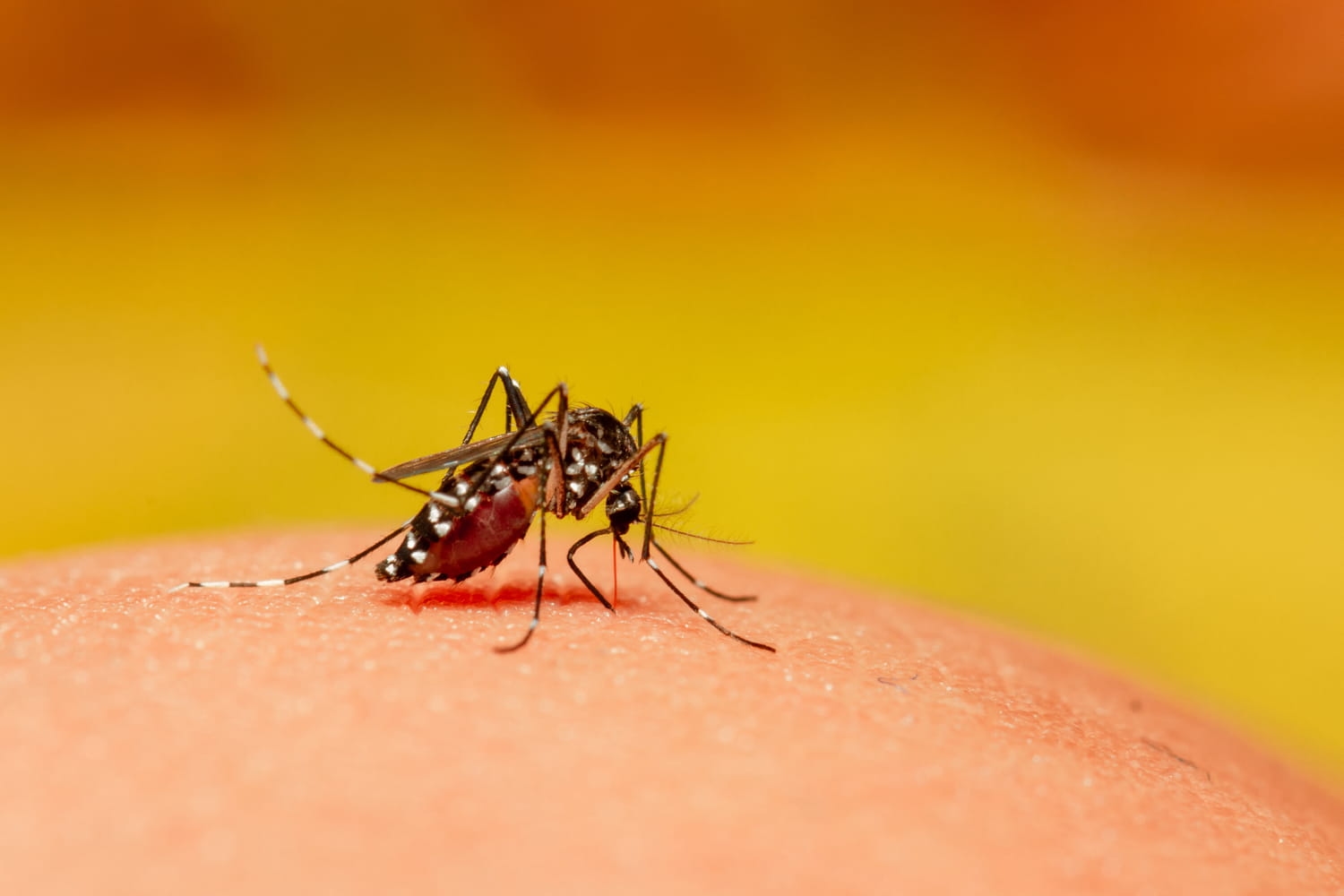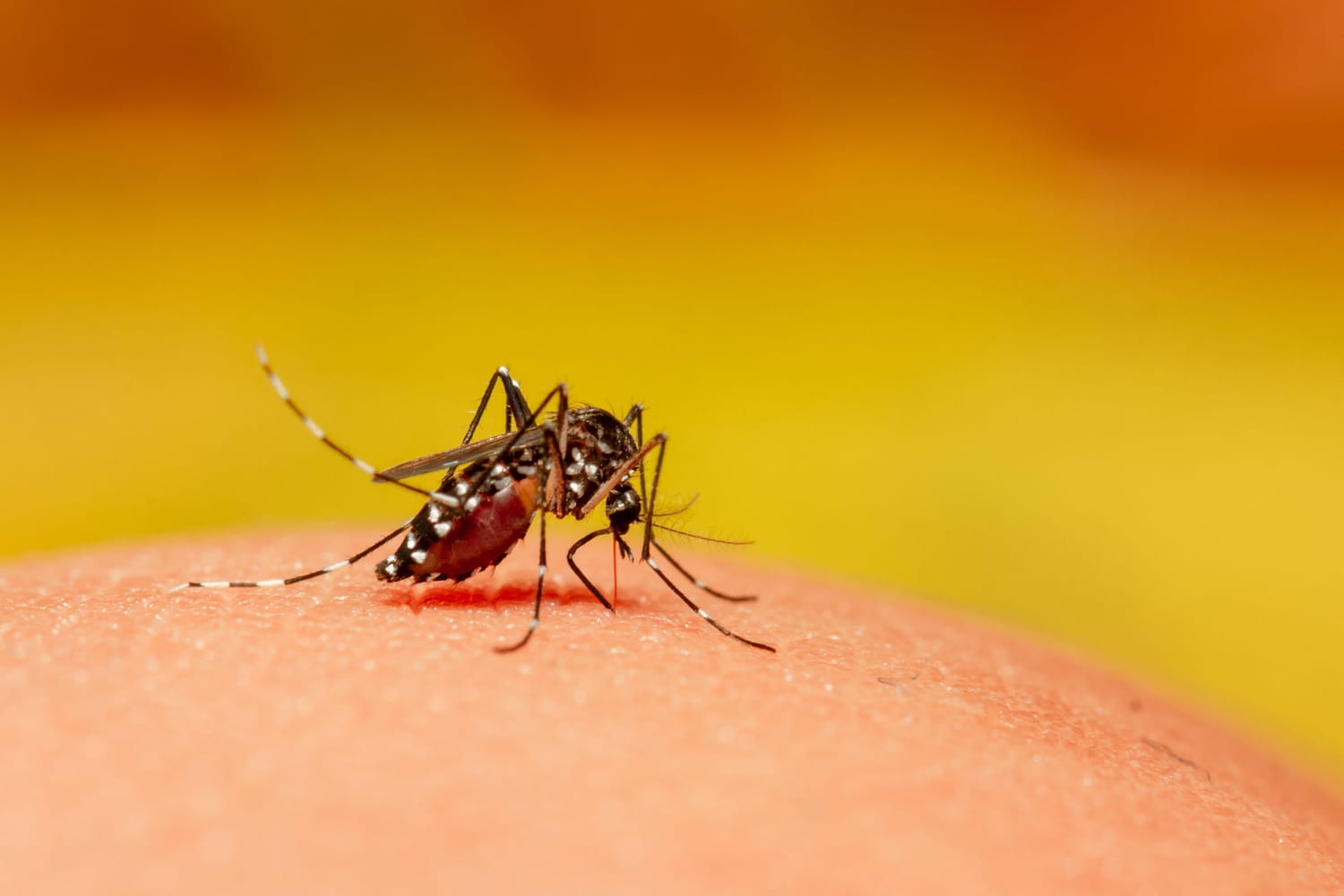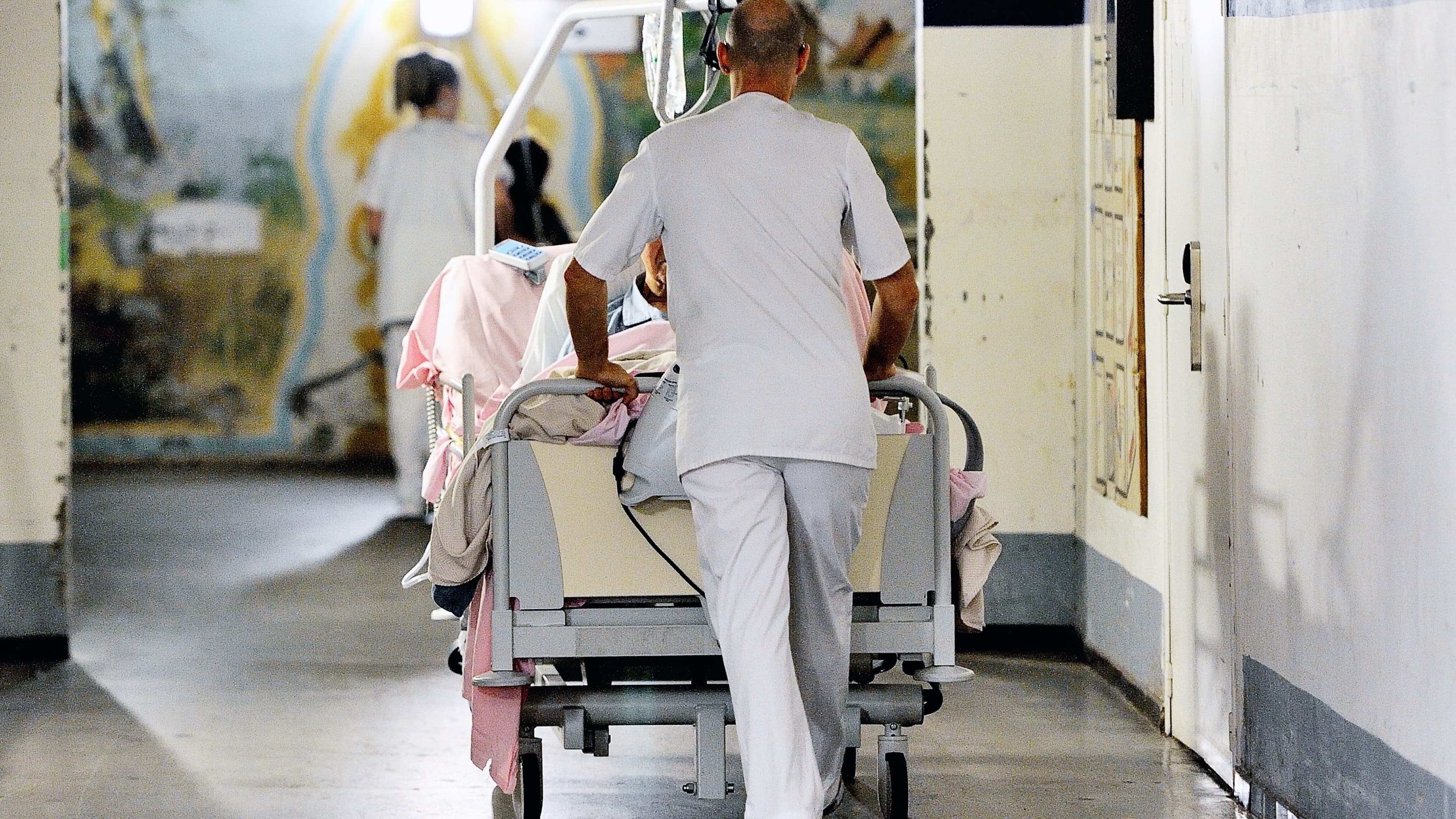Chikungunya: the epidemic continues to slow down in France

The number of chikungunya cases continues to decline. In its latest report published on October 29, Public Health France reported 762 locally acquired cases in mainland France since the beginning of May. The number of cases is expected to continue rising, as the activity period of the tiger mosquito, the vector of chikungunya, lasts until the end of November. However, since the beginning of October, the number of new cases has been decreasing: in September, approximately 100 cases were detected per week, compared to only 13 during the last week of October.
Also, the majority of outbreaks are no longer active. Several significant outbreaks have been identified, particularly in Provence-Alpes-Côte d'Azur, Nouvelle-Aquitaine, and Occitanie. The city of Antibes is the most affected, with 139 cases. This is the largest outbreak ever observed in France.
Where have the indigenous cases been detected this year?All locally acquired cases have been detected since June in these regions: Provence-Alpes-Côte d'Azur, Corsica, Occitanie, Auvergne-Rhône-Alpes, and for the first time in Nouvelle-Aquitaine, Grand Est, Bourgogne-Franche-Comté, and Centre-Val de Loire. The main clusters—still active—with the highest number of cases have been identified:
- in the Alpes-Maritimes region in Antibes (139 cases) and in Nice (22 cases).
- in Dordogne, in Bergerac (100 cases),
- in Fréjus, Var (80 cases),
- in Isère in Eybens (37 cases).
"Such an early start to the mosquito season and such a high number of outbreaks had never been observed before," Public Health France stated in a previous report. Since the beginning of 2025, more than 1,900 cases of chikungunya (imported and locally acquired) have been detected in mainland France, including more than 1,000 between May 1st and the end of October alone, according to Public Health France. In the two preceding years, only about thirty cases had been reported, including 0 or 1 locally acquired case (contracted within the country). In a press release issued on September 17th, Public Health France described the situation as "unprecedented in France."
What are the latest figures for the epidemic in Réunion and Mayotte?The chikungunya epidemic is over in Réunion and Mayotte. In Mayotte, the number of cases has been declining since July, and the virus is currently circulating at a low level. However, "the continued low level of viral circulation in the territory could lead to a resurgence of the epidemic at the beginning of the next rainy season," according to Public Health France . More than 1,200 cases have been detected so far, and no deaths have been reported.
In Réunion, a decline in the indicators of the epidemic has been observed since the end of April. The epidemic there is now considered "low intensity," even though the virus is still circulating and "cases are still being confirmed," according to the latest report from Public Health France published on June 18. Nearly 54,000 cases have been reported on the island since the beginning of the year. The chikungunya epidemic has caused the deaths of 27 people in total, who were "primarily" over 65 years old and had underlying health conditions.
How to protect yourself from chikungunya?Several vaccines against chikungunya exist. Until recently, vaccination against chikungunya was not recommended for travelers. However, in its 2025 travel recommendations , the High Council for Public Health updated its recommendations regarding chikungunya.
The Ixchiq vaccine, which had been contraindicated for those over 65, is once again authorized for this age group, according to the European Medicines Agency . Several serious adverse events—including three deaths—had been reported during the vaccination campaign launched in Réunion in early April, according to the French National Agency for Medicines and Health Products Safety (ANSM) . Another vaccine authorized in Europe in February 2025, called Vimkunya, is available in France but has not yet received official recommendations.
Aside from vaccination, the only way to protect oneself from the disease is to avoid mosquito bites by using repellents, mosquito nets, and wearing long, loose-fitting clothing. People who live in, travel to, or are returning from Réunion are advised to monitor themselves for the possible appearance of symptoms.
Vulnerable individuals should be particularly vigilant, especially those suffering from chronic illnesses, but also pregnant women and immunocompromised individuals, and now those over 65, for whom vaccination is not recommended. The disease can indeed be severe in these groups. Currently, there is no specific treatment for chikungunya. The only available treatments are symptomatic, notably paracetamol. A portion of the population is already immune to chikungunya following the last epidemic in 2005-2006, which affected approximately 260,000 people.
L'Internaute





